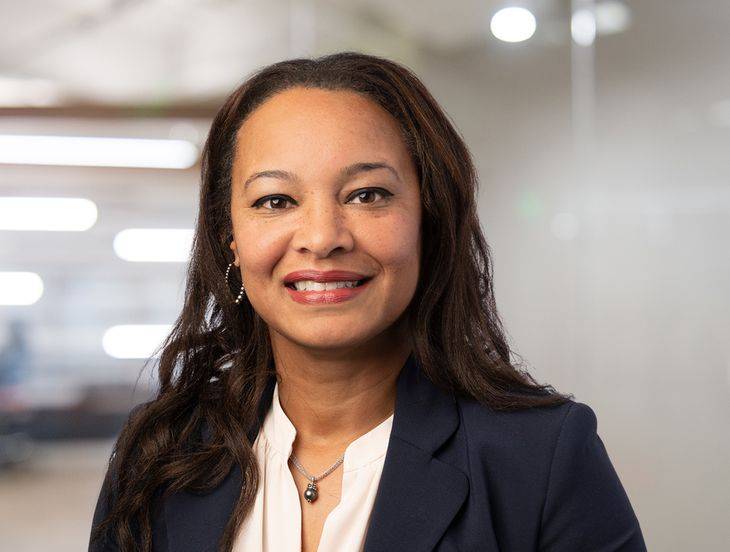Safety For A Diverse Workforce In 2020 – And Beyond
Insights
10.30.20
When thinking about safety training for your workforce, you may be, understandably, focused on your workforce as a whole. Just as important, however, is considering the age, gender, nationality, and other aspects of all of your employees in planning for such training. America’s workforce is more diverse than ever, and this diversity can impact the way employees comprehend and implement their training.
The last census revealed that approximately 17% of the U.S. workforce is currently made up of foreign-born workers, and the Bureau of Labor Statistics projects that minorities, including foreign-born workers, will approach 50% of the American workforce by the year 2050. The BLS also reported in 2016 that women comprised 47% of the total workforce, and younger workers (those ages 15-24) represented 14% of the workforce. As America's workforce continues to evolve, so will yours – and your safety training should evolve in turn.
Why Does This Matter?
Employees’ nationality, gender, age, and other similar factors may impact the way in which employees interpret information, and it also may impact their preferred method of communication and learning. Obviously, employees’ long-term retention of their safety training is critical, because if they do not understand or remember what they are learning, they are more likely to get hurt.
Perhaps the most apparent example of this is language. The Occupational Safety and Health Administration’s position on the matter is that training required by OSHA standards must be presented in a way that employees can understand. Per a 2007 Standard Interpretation letter, the terms “train” and “instruct” mean to present the information in a manner that employees receiving it can understand. This likely means using both a language and a vocabulary that employees clearly understand. Idioms and colloquialisms, therefore, may be an inappropriate way to get a message across, as they can be “lost in translation.” Along the same lines, if an employee is illiterate, handing them printed training materials and telling them to read them simply will not satisfy the obligation to train. Comprehension is key to safety training and, later, implementing those safe workplace habits.
A less obvious example may be age. Just as there are generational gaps in dress and lingo, there are generational gaps in learning styles, too. “Baby Boomers” are staying in the workforce longer than their predecessors, and that means some workplaces have employees in all generations – Baby Boomers, Gen X, Millennials, and Gen Z. It is important to know how each of these generations prefers to receive information in order to effectively communicate with and train them.
Gen X (born between 1961 and 1981), for example, has been shown to be results-oriented and favor direct and straightforward communication, while Millennials (born between 1982 and 2000) are more personal-goal-oriented and prefer positive and motivational communication. Gen X and Millennials may also have preferred communication styles, and Millennials, for example, may prefer online training to training presented in-person.
Learning the proper communication tools for each generation will be increasingly important as Gen Z (born 1998 to present) ages into the workforce. Indeed, according to the Centers for Disease Control and Prevention, younger workers (those under 25) are 1.25 times more likely to be treated for work-related injuries in emergency departments than their peers who are 25 and older. In 2017, the incidence rate for non-fatal injuries for workers between ages 16 and 19 was 112.1 per 10,000 full-time employees. It was only slightly lower (96.3 per 10,000 full-time employees) for the next age bracket, 20-24. These numbers drop drastically after age 25.
How Do I Effectively Train My Diverse Workforce?
For employees whose native language is not English, there are a few ways you can improve their understanding of your safety rules and requirements. First, and most importantly, provide training and instructional materials in their native language to the extent possible.
This requirement has come to the forefront during the COVID-19 pandemic. Many states requiring COVID-19 training on hygiene and best work practices also require that the training be presented in employees’ primary language. California, for example, requires that employers “provide training in a language that is readily understandable by all employees.”
Signage, including signage using pictograms, too, should be translated into employees’ native languages if necessary. You may also consider implementing a “buddy system,” pairing them up with another employee for hands-on training. Emphasize the importance of reporting safety violations and remind all employees – not just your non-native English speakers – that they will not be retaliated against for reporting any such concerns.
In addition, younger workers are more likely to need more basic, from-the-ground-up safety training. Do not assume your younger workers know something just because they have come to you from another manufacturing facility, for instance. As noted above, they are more susceptible to workplace injuries, so the more detailed and comprehensive the training, the better. A buddy system may be an effective training tool for your younger workers, as well.
Overall Takeaways
At the end of the day, no matter whom you are training, effective safety communication should be four things:
- Interactive;
- Informative;
- Positive; and
- Productive
In order to create a safe workplace for every employee, you must communicate safety rules, requirements, and expectations effectively, and – in an increasingly diverse workforce – it is even more important to ensure employees comprehend the information presented to them. Ultimately, you are responsible for conducting effective training, and failing to do so may result in injuries, OSHA citations or penalties, and other potential liability. It is up to you to prevent these issues and provide a safe working experience for all your employees.
Related People
-
- Chantell C. Foley
- Partner
-
- Todd B. Logsdon
- Partner

